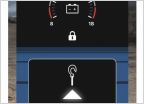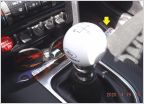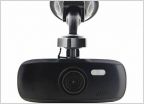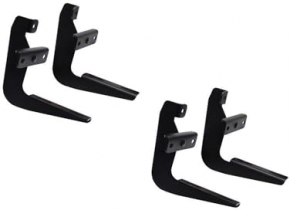-
Welcome to 4Runners.com!
You are currently viewing as a guest! To get full-access, you need to register for a FREE account.
As a registered member, you’ll be able to:- Participate in all 4Runner discussion topics
- Transfer over your build thread from a different forum to this one
- Communicate privately with other 4Runner owners from around the world
- Post your own photos in our Members Gallery
- Access all special features of the site
MPG vs. Tire Size
Discussion in 'General 4Runner Talk' started by 4x Old Guy, Mar 13, 2020.


 Considering the wireless remote option for your Warn winch? - read this
Considering the wireless remote option for your Warn winch? - read this What brand cleaners do you use
What brand cleaners do you use Liners: Weathertech or Husky?
Liners: Weathertech or Husky? What's going on with Husky Liners?
What's going on with Husky Liners? 1" × 30 ft Kinetic Energy Rope - Priced right with good reviews.
1" × 30 ft Kinetic Energy Rope - Priced right with good reviews. Dash Cams
Dash Cams














































































